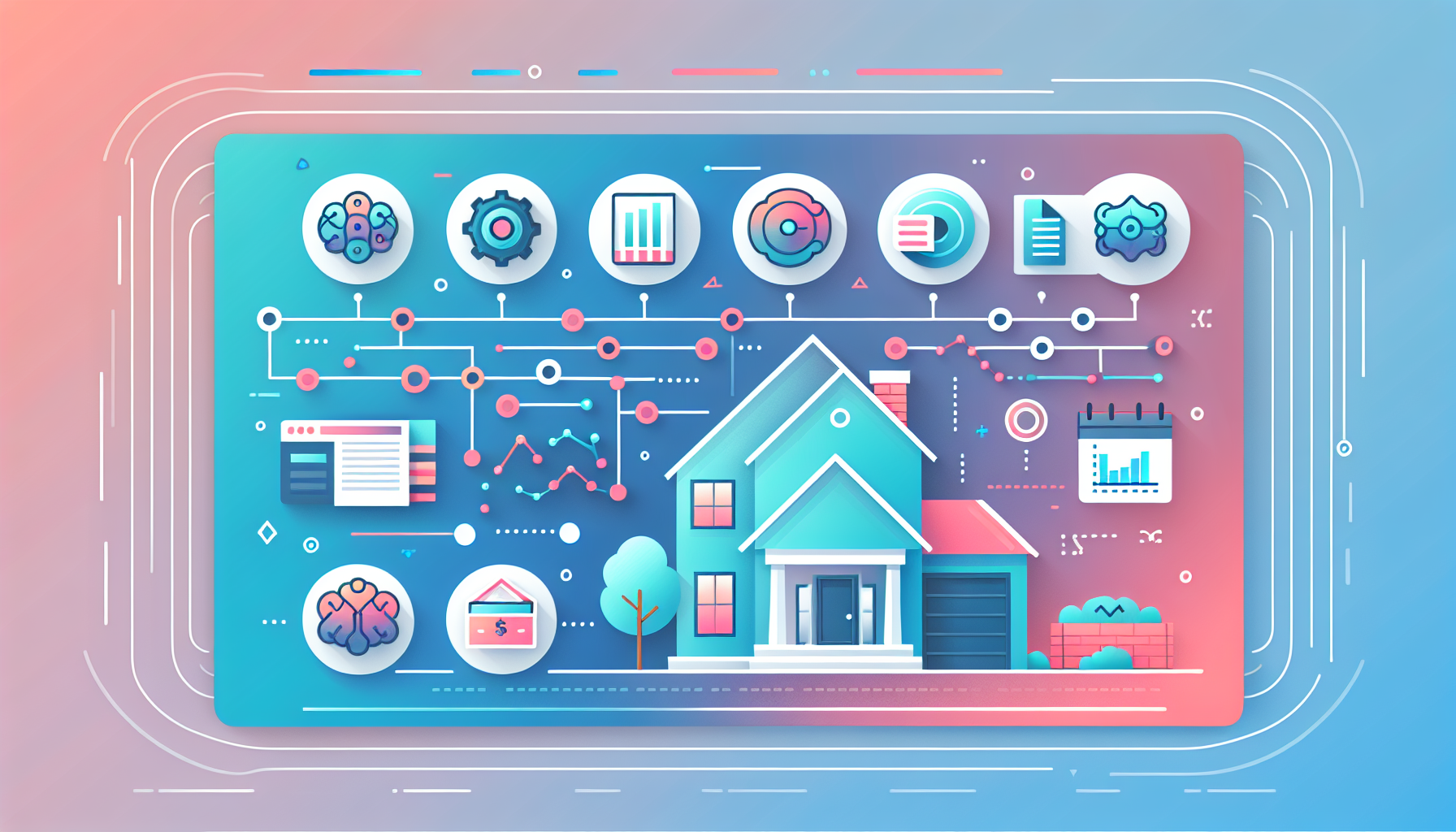The Role of Machine Learning in Mortgage Underwriting

The mortgage lending industry has seen significant advancements with the integration of machine learning technologies, transforming traditional underwriting processes into efficient, data-driven systems. One of the most impactful innovations in this field is the use of automated risk assessment and predictive underwriting models, which enable lenders to make more informed decisions in a fraction of the time. This shift not only enhances operational efficiency but also creates more personalized mortgage experiences for borrowers.
Streamlining Mortgage Underwriting with Machine Learning
Machine learning algorithms have become indispensable in mortgage underwriting, primarily due to their ability to analyze vast datasets quickly and accurately. These algorithms can process complex financial information, such as credit behavior, income stability, and employment history, to assess the creditworthiness of potential borrowers more effectively than traditional methods.
Advantages of Machine Learning in Underwriting
- Speed and Efficiency: Machine learning can significantly reduce the time required for underwriting. What used to take weeks or months can now be completed in a matter of minutes, thanks to automated data analysis and decision-making. For instance, companies like FundMore leverage machine learning to expedite the underwriting process.
- Enhanced Accuracy and Risk Assessment: By analyzing millions of data points, machine learning models can uncover patterns and trends that might elude human underwriters. This leads to more accurate risk assessments, reducing default rates and costs for lenders. A study from Harvard University highlights the potential benefits, including increased loan approvals and lower interest rates.
- Customization and Personalization: Based on the financial behavior and needs of borrowers, machine learning can suggest tailored loan products that better match individual circumstances. This personalization can lead to higher customer satisfaction and reduced default risk, as discussed by Plat.ai.
- Fraud Detection: Advanced algorithms can identify potential fraud by analyzing transaction histories and patterns, providing an additional layer of security for lenders. Companies like Quantiphi offer solutions that integrate fraud detection into their underwriting processes.
Real-World Applications and Benefits
Data-Driven Approvals
Machine learning models in underwriting rely heavily on data-driven approvals. These models use historical data to predict loan outcomes based on factors such as credit scores, employment stability, and past payment history. For example, if a borrower has a good credit score but a history of late payments on small loans, the model might adjust the interest rate accordingly to reflect this higher risk.
One notable benefit of machine learning in mortgage lending is its ability to analyze large volumes of data quickly, reducing the need for human intervention and minimizing errors. This efficiency allows lenders to process more applications while maintaining high standards of risk assessment.
Automated Document Validation
Another key application of machine learning is in the automation of document validation. Mortgage applications require a substantial amount of paperwork, including income verification, employment letters, and financial statements. Machine learning can quickly verify these documents for accuracy and authenticity, ensuring that all necessary information is correct and consistent. This process reduces manual labor, speeds up the underwriting process, and decreases the likelihood of human error.
Predictive Analytics for Mortgage Products
Predictive analytics play a crucial role in creating customized mortgage products. By analyzing a borrower's financial behavior and future projections, machine learning models can suggest loan terms that best fit their needs. For instance, if a borrower has a stable income but high monthly expenses, the model might recommend a mortgage with lower monthly payments over a longer repayment period.
Enhanced Customer Experience
While machine learning automates many processes, it also enhances the customer experience by providing faster and more personalized service. Borrowers can receive instant feedback on their mortgage applications, and lenders can dedicate more time to customer-centric tasks, such as counseling and support. This shift towards automation allows companies to focus on strategic activities that add value to the customer relationship.
Challenges and Future Perspectives
Despite the numerous advantages, there are challenges associated with integrating machine learning into mortgage underwriting. One of the main concerns is the issue of explainability—the difficulty in understanding how machine learning algorithms arrive at their decisions. This opacity can pose regulatory challenges, as lenders must be able to explain their reasoning for loan approvals or denials.
Moreover, there is a risk of bias if the training data reflects existing biases in lending practices. Ensuring that the data used to train machine learning models is fair and representative is crucial to prevent these biases from being perpetuated.
Conclusion and Next Steps
The integration of machine learning into mortgage underwriting represents a significant step forward in making the lending process more efficient, accurate, and customer-friendly. As lenders continue to harness the power of machine learning, they are not only streamlining their operations but also providing better outcomes for borrowers.
To stay ahead in this evolving landscape, it's essential for mortgage lenders to invest in cutting-edge technology solutions. For organizations looking to enhance their lending processes, tools like the WP Ultimate Loan & Mortgage Calculator can be invaluable in providing borrowers with instant calculations and estimations, further enhancing their experience.
For more detailed insights into how technology is transforming the mortgage industry, feel free to explore our other resources or reach out to us at Contact Us for personalized advice.
In conclusion, embracing machine learning in mortgage underwriting is not just about adopting new technology; it's about revolutionizing the way lenders operate and interact with borrowers. As this technology continues to evolve, its role in shaping the future of mortgage lending will only grow more significant.











